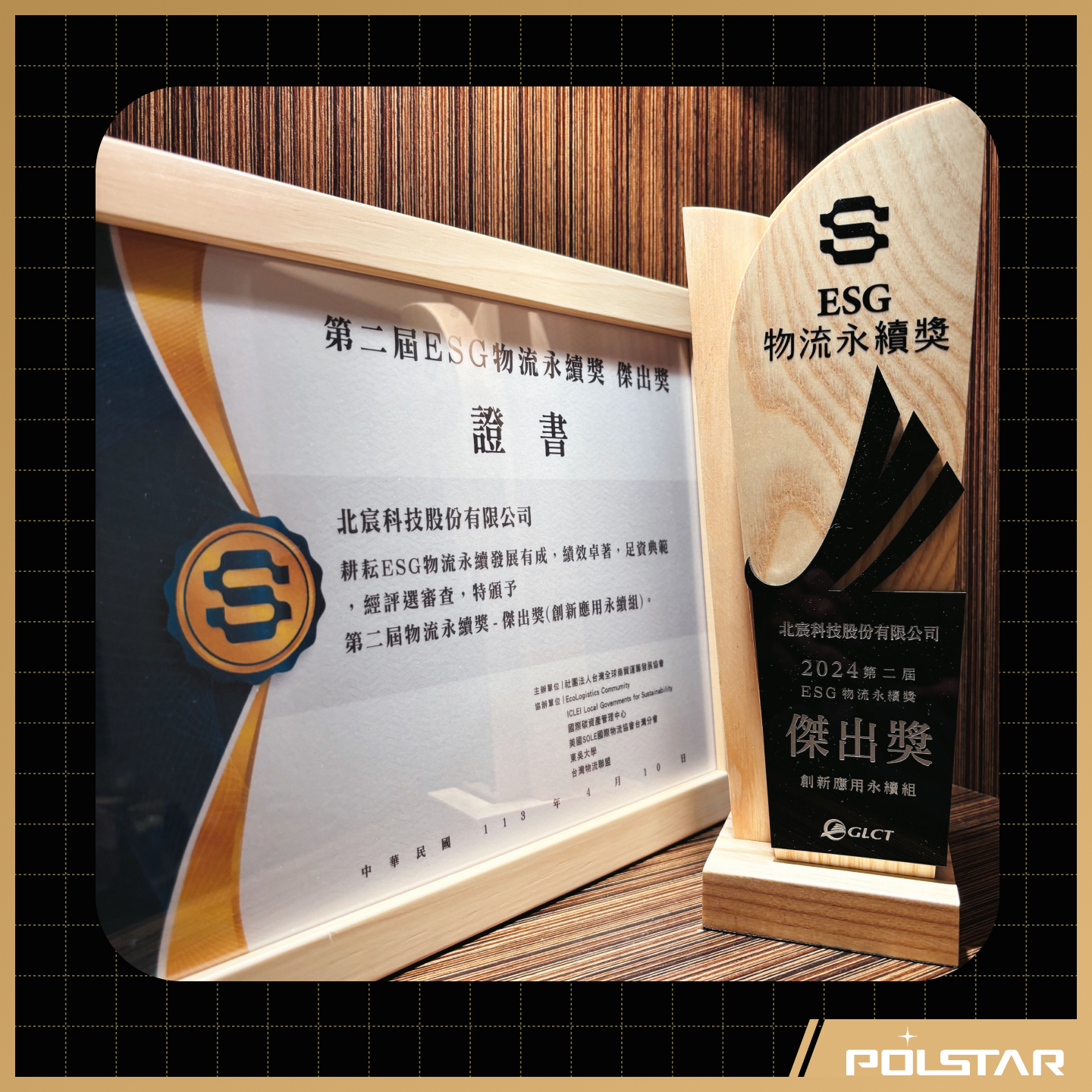
Polstar Partners with KIA to Deliver New Navigation Software on Widescreen Platform
May 15, 2020 Hsinchu, TAIWAN
Polstar Technologies unveiled its latest navigation software, now seamlessly integrated into Kia Motors’ cutting-edge widescreen navigation and entertainment system. This update introduces three groundbreaking innovations: split-screen navigation, simplified map data updates, and enhanced system coordination.
Hermes Tu, Polstar’s senior manager, confidently stated, “This latest version marks a significant milestone for Polstar. Our revamped software operates seamlessly on the most advanced platforms, enabling us to serve millions of potential customers among Korean automakers. The widescreen version, our newest market offering, elevates navigation displays, streamlines map updates, and elevates cross-functional coordination. The launch of the widescreen version is a game-changer for revenue growth, and we have full confidence that this innovative technology will exceed our customers’ expectations.”
Enhancing the Driver Experience with More Information and Visual Excellence
Kia’s latest navigation and entertainment system boasts an expansive horizontal screen with an impressive resolution of 1920 * 720, setting it apart. Drivers enjoy the flexibility to display a comprehensive navigation map on the main screen or showcase diverse information on two separate screens. When the main screen features the navigation map, the secondary screen provides a preview of upcoming turns.
Simplified Map Updates and Streamlined User Interface
In this latest Kia navigation and entertainment system, Polstar has introduced a wireless map data update feature and simplified navigation engine upgrades. The user interface language seamlessly syncs with system settings, and numerous enhancements have been incorporated to optimize operational efficiency and eliminate errors.
Efficient Multifunctional Operation with Minimal Interference
Another remarkable feature of Kia’s latest navigation and entertainment system allows users to customize the priority order of various functions, including navigation, phone, radio, camera, and more, all while minimizing interference. All audio and video resources utilize compatible data formats and encoding to ensure comprehensive consideration of various system functionalities.






